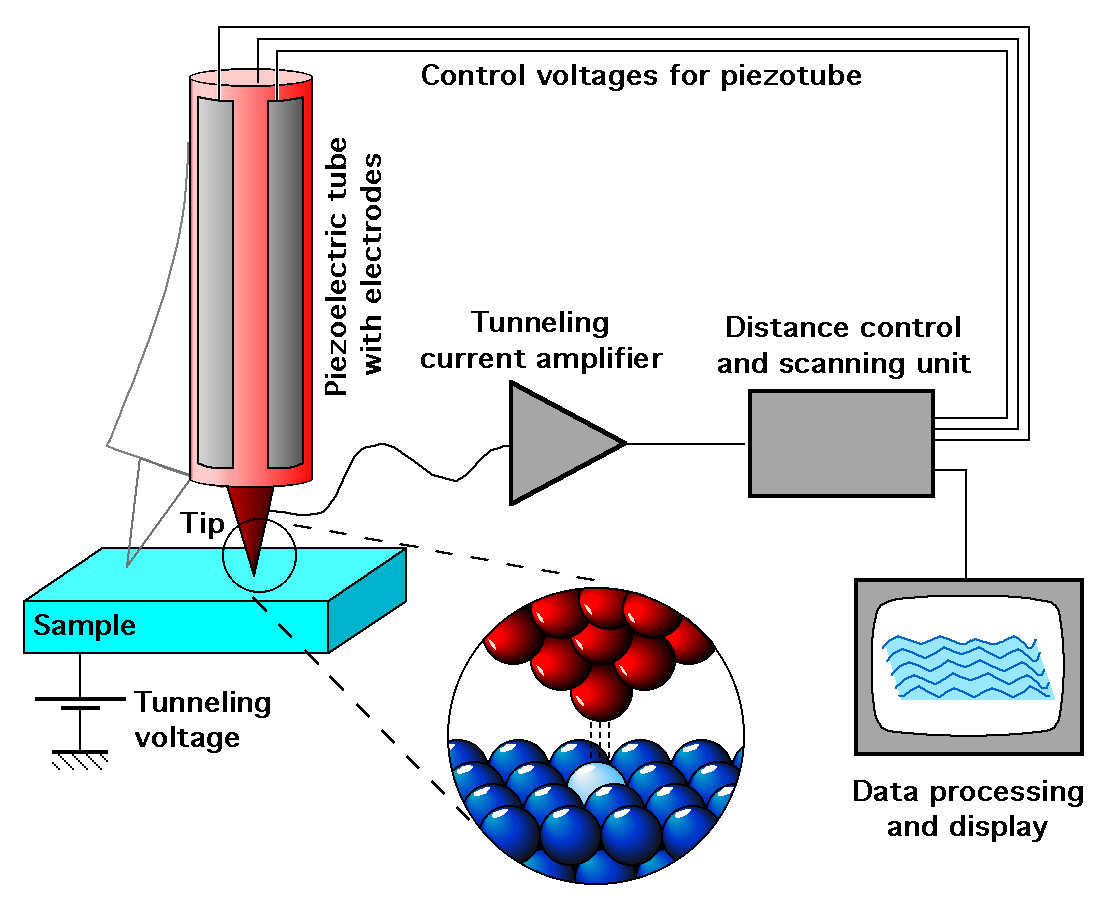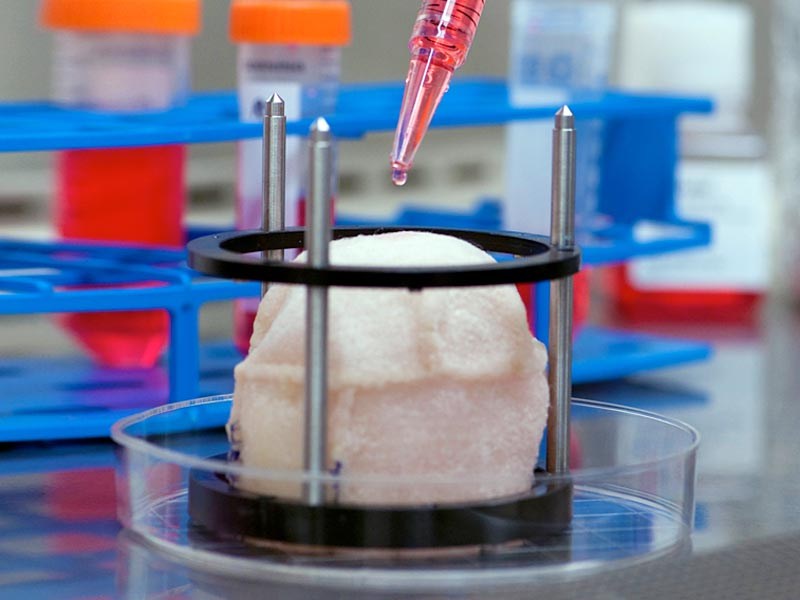In
complete contrast to the Getty Center, the Griffith Observatory focused mainly
on space science and physics rather than art. Even though this museum did not
possess any traditional artworks, it did emphasize the natural beauty found
within the universe and the technology capable of seeing these wonders.
A photograph showing me next to a model of a telescope at the observatory.
To begin
with, there were several images of the sun and electromagnetic waves that were
spectacular to look at in the museum. Against one wall, there was a huge array
of pictures showing the range of the electromagnetic spectrum. The museum did
an impressive job with the display by placing a starry backdrop behind each of
the different waves of light. This display took an idea that can be found in any
physics textbook and shaped it into a work of art. Similarly, there was a small
gallery dedicated to sunspots. Images and videos lined the walls, creating
another beautiful spectacle. In particular, there was one shot that created a
mosaic of the ultraviolet waves found on the sun’s surface. The mix of
different hues provided a new and stunning perspective of the sun.
The left picture shows the display with the electromagnetic waves, while the right picture is the mosaic image of the sun[1].
Of
course, being at the observatory meant that I had to go to one of the planetarium
shows. The show was called Centered in
the Universe, and it was amazing to see all of the stars and planets
without any clouds or pollution blocking the view. The show even mentioned
Galileo and Copernicus as having a major influence on modern astronomy, which
was similar to what we learned in lecture[1]. The great part about this show was
how it was able to seamlessly transport everyone to a world beyond our own.
The planetarium did not allow any photos so I took one of my ticket and another of a sign advertising the show.
Out of
all of the displays, the best one that served to bridge the gap between art and
science had to be the camera obscura. In a dark room, the image of the area
surrounding the Griffith was projected on to a round table. Apparently, these
types of devices were used by astronomers to observe the sun and by artists to
trace images. The dual nature of this instrument provided a link to both the
art and science communities even though it was used for different purposes. When
I saw this apparatus at work, it made me realize how much these two disciplines
could gain by collaborating together.
A photograph of the camera obscura overlooking Los Angeles.
This was
my first time at the Griffith Observatory, and the place did not disappoint. The
museum was smaller than expected, but it managed to cram so much beauty and
technology into that single building. More importantly, though, it reinforced
many of the concepts from the space lectures by being able to see close-up
images and videos of the universe.
Sources:
1. Vesna, Victoria. "Space Exploration and Art: Part 1." YouTube. uconlineprogram, 29 July 2013. Web. 25 July 2016. <https://www.youtube.com/watch?v=6ZIqTR332l8>.
Photographs:
1. TRACE / Stanford Lockheed Institute for Space Research / NASA Small Explorer Program. Image of the Corona. N.d. Griffith Observatory, Los Angeles.





















